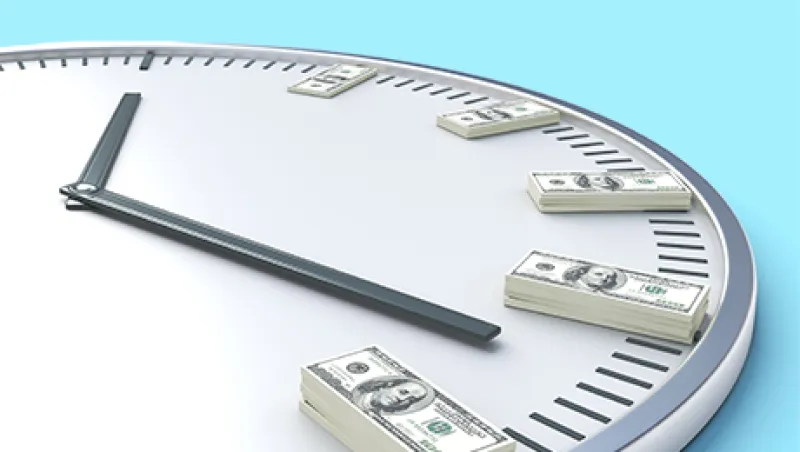The popularity of private equity as a way to diversify portfolios has many investors searching the secondary market for interests in buyout funds raised by firms such as KKR & Co. and Blackstone Group.
These buyers will have to pay up due to the heightened interest in the secondary market as way of gaining exposure to private-equity. “Pricing is particularly good at the moment,” said Patrick Adefuye, Preqin’s head of secondaries, in a phone interview. He said the gap between the net asset value of the stakes and the discount is at its narrowest historically.
That means it’s a good time to be a seller on the secondary market, where there’s an abundance of buyer interest. Private-capital secondaries funds raised a record $13.6 billion during the first quarter, while private-equity firms are also on a tear raising capital, according to financial data provider Preqin.
“Buyers used to get bigger discounts to NAV several years ago; the pricing has gotten closer to par as more money has poured into the market,” said Mike Earley, private equity partner at Jones Day.
Andres Hefti, partner at Multiplicity Partners, adviser to secondary buyers, says that while it’s true that for assets like those owned by large private equity firms - think KKR and Blackstone - buyers are paying par value, those looking for deals tied to middle-market private-equity firms are still able to find assets at a discount.
According to investment banking firm Greenhill & Co., secondary markets saw alternative-asset deals priced at an average 89 percent of net asset value last year, a slight decrease from 90 percent in 2015. Buyout funds again priced higher last year than any other strategy, at 95 percent of NAV, Greenhill said in a February statement, adding that it was a 100 basis point increase over the prior year.
Alternative-asset prices in the secondary market have rebounded from the 2008 financial crisis, when private-equity interests traded around 63 percent of their value, according to Adefuye, citing Greenhill data.
“There’s a lot of dry powder,” Adefuye said. “Secondaries have raised to big funds - there’s a lot of money to put into the market. In the next two years there will be increasingly more activity in the market.”
Asset managers are attracted to secondary deals partly because they have a clearer picture of what they’re buying compared to when they contribute capital to private-equity funds that have yet to make investments.
“Secondaries on the surface are lower risk,” Mathieu Drean, managing partner at Triago, said by phone. “They have assets you can evaluate.”
Investors like that they can see how deals are performing under the ownership of a private-equity firm and that they only have to hold the investment for three or four years, which gives them greater liquidity, according to Drean.
There’s another aspect driving interest in the secondary market. Some private-equity funds have held certain assets for 10 to 12 years and are opting to invest more in their deals, to continue building their value, rather than sell them at a lower than expected return, according to Adefuye. Instead of staying along for the ride, he said, some private-equity fund investors become impatient to get their money back and choose to sell their private-equity interests in the secondary markets.
From the start of 2016 through March, nearly half a trillion dollars have been raised for private-equity investment, driving dry powder to a record $842 billion, according to a Preqin report. In the first three months of 2017, buyout funds raised $54.4 billion, up from $50.1 billion during the same period last year.
“The private equity market as a whole has garnered more interest in recent years,” Earley said. “The buyout market has become more efficient. The same thing has become true for secondaries - as more people realize there is good money to be had there, that market becomes more efficient.”







